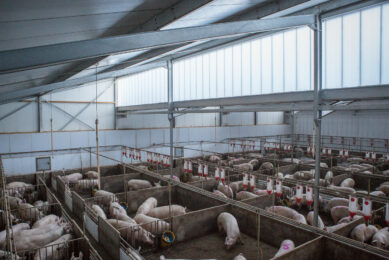EFSA: Welfare risks to animals during transport in the spotlight
Scientists on the European Food Safety Authority’s (EFSA) AHAW Panel have made a number of recommendations based upon a thorough review of the most recent scientific literature from 2004 to date, following the framework of the current European legislation on the welfare of animals during transport.
The Panel members set out indicators that veterinary inspectors and transport workers could use in assessing the welfare of transported animals. The experts also highlighted the need for further research, for example, on travelling times, space and the levels of temperature during transport.
In 2005, the European Union laid down provisions to protect the welfare of animals during transport[1]. EFSA’s opinion[2] will contribute to a report the European Commission is due to present in 2011 to the European Parliament and to the EU Member States on the impact of the 2005 regulation.
The opinion presents risks related to the transport of the following farm species: horses, pigs, sheep, goats, cattle, poultry, and rabbits. It outlines the level of risk related to various aspects of animal transport like the means of transport, transport practices and space requirements[3]. EFSA also gathered new scientific and technical data at a technical meeting in October 2010 with representatives from 22 organisations, including the transport industry, livestock breeders, and animal welfare non-governmental organisations (NGOs).
This opinion also lists a series of practical indicators and clinical measurements , which can be used by animal industry professionals and inspectors to assess the welfare of animals during transport. For example, if, after inspecting an animal, a professional or an inspector believes it is suffering from high body temperature or making abnormal respiratory sounds, such measurements can be used to justify a decision to declare the animal unfit for transport.
The experts also stress the need for further research on aspects such as: limits and regulation of temperatures during the transport of poultry and rabbits; the effect of ventilation on pigs; the minimum space allowed for rabbits, pigs and newly-hatched chickens ; and the duration of the journey which will not harm unweaned horses, pigs and calves.
- Scientific Opinion Concerning the Welfare of Animals during Transport
- Stakeholder technical meeting on Animal Welfare during Transport
Source: EFSA











